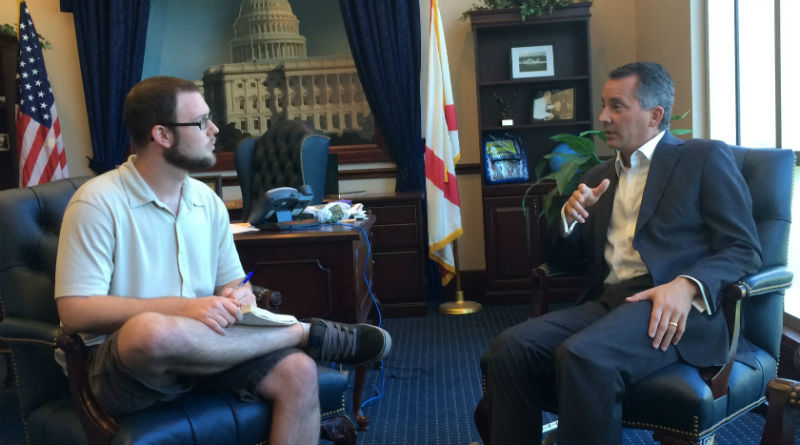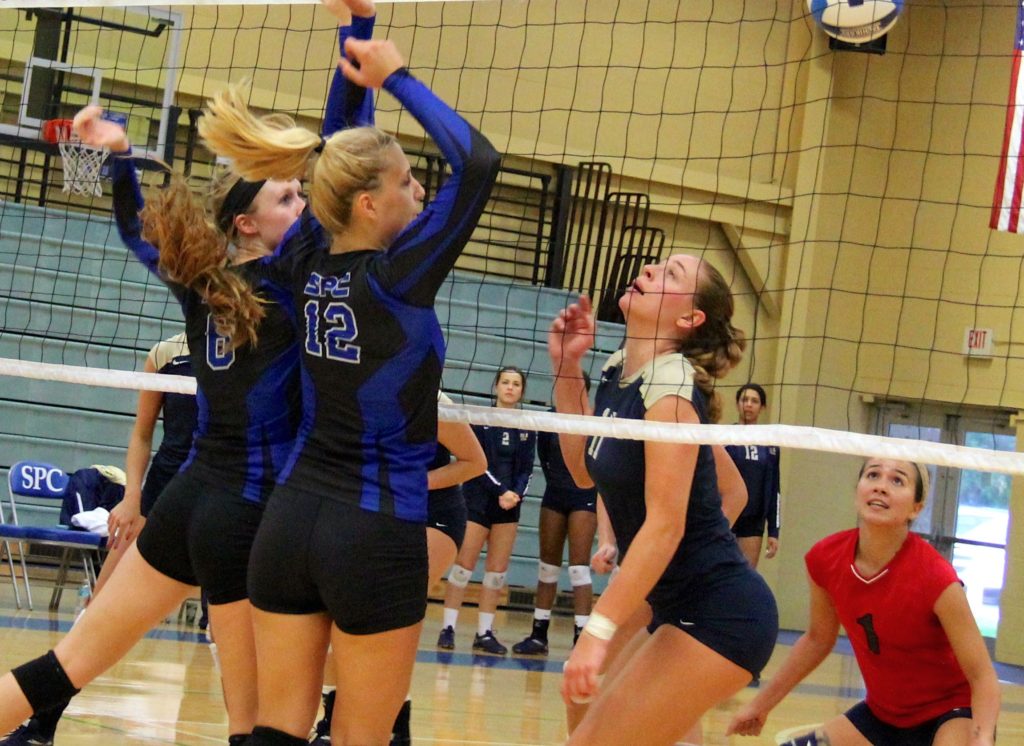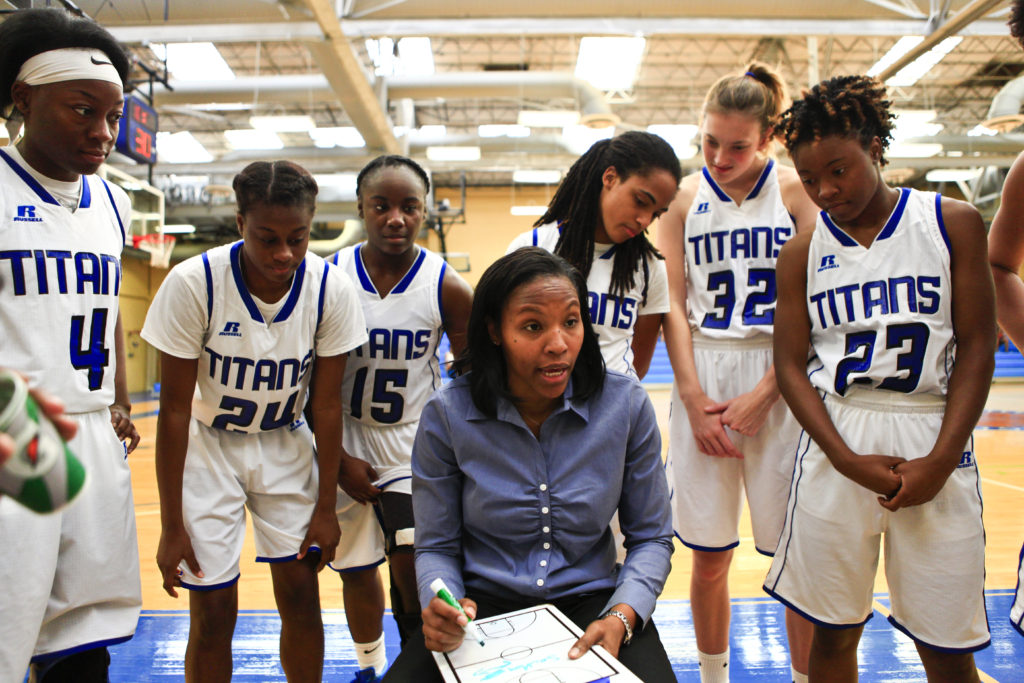Dormant “newspaper” brought back to life online

By Kathy Bryson
St. Petersburg College
Journalism in the last 10 years has been a roller coaster of change, and many of us have probably wondered whether or not we’re teaching a dinosaur. Some programs have gone so far as to merge with other disciplines, becoming double degrees with additional courses in computers, communications, public relations, or social media. With the overlap in subjects that comes with convergent media programs have to make decisions about what they will be be able to cover and, equally, what they will not.
St. Petersburg College’s student newspaper, The Sandbox, began actively exploring change since its reincarnation in 2011. Ours is not a formal certificate or degree program, but rather an associate’s degree in mass communication with classes that transfer into the University of South Florida’s bachelor’s degree. However, the school wanted and needed an active paper to cultivate student interest and encourage practice.
The earlier, paper version had lapsed 10 years earlier when a logo/name changes gave the college an excuse to stop production and to save money. When The Sandbox students revitalized the publication, they did so online only. No monies for printing were available. This move was also widely applauded by the maintenance staff who had to clean up earlier versions.
Besides the need to save money, the paper’s biggest challenge is lack of exposure. Letting students know the paper existed was challenging since there was nothing to hand out. Our back-to-school table is a laptop display and business cards, not brochures. There’s still a substantial gap between knowing information is online and being in the habit of hunting it.

Students had an easier time than teachers grasping the idea as they’re used to reading online or on phones. However, the ease of getting articles up and the ability to include photos and video quickly won over other clubs, student government, and professors who wanted to announce their activities. Our online paper became much broader than a one-class production. A team of three professors administers it.
Our next big innovation came about almost by accident.
On Sept 8, 2012, U.S. President Barack Obama visited the Seminole campus of St. Petersburg College. Naturally, the student newspaper staff members wanted to be part of that coverage, but the student media became secondary to the college’s live streaming efforts. Our student social media editor suggested we tweet observations in addition to writing articles. At the time, Twitter seemed more a way to participate than a way to cover the story, but Twitter quickly became one of our best reporting tools.
Twitter is easy to use and most students are familiar with it or other social media. All you need is a cell phone and you can include photos and videos. Since Twitter is portable and public, it quickly became our live-reporting method for sports and other events live. It’s not fancy, but managing a Twitter account is a faster, easier everyday substitute for the college’s audio and video studios.
Still, some instructors believe that tweeting was not “real writing.”
Actually, students needed to understand syntax to fit a thought into 140 characters and needed clarity when trying to keep track of who’s scored what. Students were surprised to find they’d written a two-page article by the time they covered a two-hour ballgame. They would take their list of tweets and turn them into a summary recap of the game, adding stats, background on players, photos and video.

After three years, the program became our go-to approach to covering events, particularly as professional news organizations such as CNN and the BBC adopted it for election coverage in 2015. Being able to combine opportunity for coverage with experience in social media was a good part of how The Sandbox won 11 awards from the 2016 Florida Society of New Editors Student Competition, including all three places in sports photography.
Writing for an online environment has noticeable differences from traditional print however. Long text articles are more difficult to read on-screen. Bullets and photos play a bigger role. Research, additional material, or related content is just a click away. For students who tend to write briefly anyway, understanding the need to develop a story can be a challenge when they’re surround with short examples. The need to push them to meatier reading, The New York Times vs. Buzzfeed, becomes even more urgent. The basics concerns in teaching reading and writing remain the same even as the format differs.
Having established our willingness to test new technology, The Sandbox has been able to partner with the Innovation Lab in our library just to try new and find out an application. Our 3D video attempt was inspired by The New York Times’ coverage of the aftermath of the Paris shootings.
After viewing multiple samples, we decided the technology was best suited to pronounced depth-of-field such as that offered by the boardwalk through the Natural Habitat Park on campus. But as the environmental sciences staff pointed out, “Why would we promote virtual reality of the park when we want people to visit the real thing?” So the story took on a promotional spin.
Getting a Ricoh Theta 360 was easy enough, but coordinating multiple departments was a challenge as was processing the video. That involved stitching together two video feeds, adding voice-over with cuts and transitions in a traditional editor, and then re-injecting the 360 metadata with a special Google tool. Partnering with experience technology users was essential, but adds another production layer to “virtual” journalism.
Journalism is still vital in print and will probably continue to be, but having other media available means not only having other options, but also needing to consider the best methods available. The question is no longer print or broadcast, but print and video and what else? With so much change and innovation in the market, testing has become a key part of the curriculum. We may not be able to tell students what the future holds, but we can show them how to test and find out what will work to deliver the story.
Kathy Bryson is a writing tutor at St. Petersburg College’s Seminole campus in Florida and teaches mass communication. @kathybryson2
